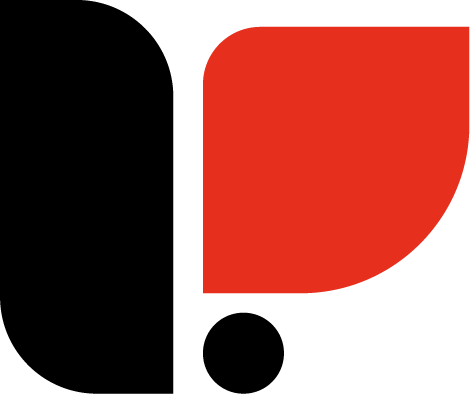Websites require a unique style of writing. When you write on your website, you should hold on to the attention of the reader or user with the words you use. To do this, you have to be precise and captivating at the same time.
Remember, you are passing information and, importantly, trying to drive traffic to your web page, whether you are doing it for business, fun, or even sharing information you feel is essential for people to know.
When writing for the web, know that you are not the most important person involved. People don’t read through websites; they skim through. Most times, only about 20 per cent of the words are usually read.
That is why you must make your website easy for users to digest.
Read Content marketing strategies to learn about comprehensive and narrow content.
Here are simple steps or rules to follow so you can make your webpage more readable and drive more traffic:

Know your audience
Understanding your audience is essential when writing for the web. First, of course, your already existing audience is your primary audience. Then there is the broader group; the secondary audience extends to every other person who may visit your website through your primary audience. Know what kind of audience you target; in that way, you focus on writing what will arouse interest.
Be concise
As a website writer, you have to be succinct when writing for the web. Whatever you can say in 30 words shouldn’t be in 55 or 75 in 115. Be concise.
Write short, simple sentences.
Do not go overboard when you write. Instead, write short, simple sentences and focus on nouns and verbs because they carry your content.
The Inverted Pyramid
The Inverted Pyramid is a model that every website writer should follow. First, write from the most important to the least. In writing for the web, start from the most important to the more specific, then end with supporting information.
Describe your products or services
Show your users your products, don’t just tell them about them. Instead, describe your products in a way that will convince purchases. Make what you offer so arousing that your customers will keep coming—more traffic.
Nix the jargon
Remember that your website can be accessible to even those who are not experts in your field. Therefore, stay away from terms or words that only your colleagues will understand. Avoid insider language, spell out acronyms and provide hyperlinks to other articles where users can get more information.
Mix up your word choices
Variety is key. Have a glossary of words to use in your writing. This is where synonyms come into play; instead of repeating one word, find its representatives, words that still carry the information you’re conveying.
Make text scannable, avoid marketingese.
As we established earlier, people don’t read; they skim through texts on the web. Therefore, making your writing difficult to digest will only discourage and send your website’s visitors away.
Instead of heavy paragraphs, use bullets or number listings and highlight only when necessary. Use proper case; use the upper and lower case appropriately, and use blood to emphasise.
Don’t put all your points into one paragraph; break them down, each paragraph for each issue. Also, divide content into sections with descriptions and subheaders. You can put every category into a subtopic format so users can search for information faster.
You can always include “white space”. Space that surrounds paragraphs, images and other elements on your webpage is known as ” white space”. It may seem like a lot of wasted space, but it is vital. White space around text makes it more legible and enjoyable to read.
Incorporate multimedia
Research shows that most of the human brain is visual; people process visual information faster than text. Easy-to-read charts or graphs are better at explaining complex topics than text alone. So, adding graphics, pictures or images make your page easier to read.
Layer website content
Help readers find great content by hyperlinking certain words or phrases to other relevant resources, especially those on your website. It will help people stay engaged with your content and move through your site.
For example, if you have this sentence on fashion or clothing appearing on your website: ‘Cashmere Sweaters go well with a pair of jeans’. Then, you could hyperlink “Cashmere sweaters” to a page with other blog posts on winter clothing, fashion or anything related.
It helps your Search Engine Optimisation when you build those internal links within your site but keep in mind that links should always be relevant and helpful. So don’t overload your text with links; keep to a reasonable number.
Leave them wanting more
Leave your audience, primary and secondary, wanting more of what you give them.
If you want to count your website among good websites, end each page with a strong call-to-action or CTA for short. There should be a contact or connection that could link your readers to more information about your content. For example, an exciting video to watch, a report they could download or even a related blog post they can read.
This helps direct readers to other areas of your website and encourages them to promote to friends and family. So use those CTA and start them with verbs like “Download, Share, Join, Sign-up or Learn more”. Make sure to include a link to fulfil the action you like your readers to take.
Writing is fun and hard work, but if you put in the work and purpose, it gets easy and satisfying.
Read also: A Simple Bit about Content Marketing.





